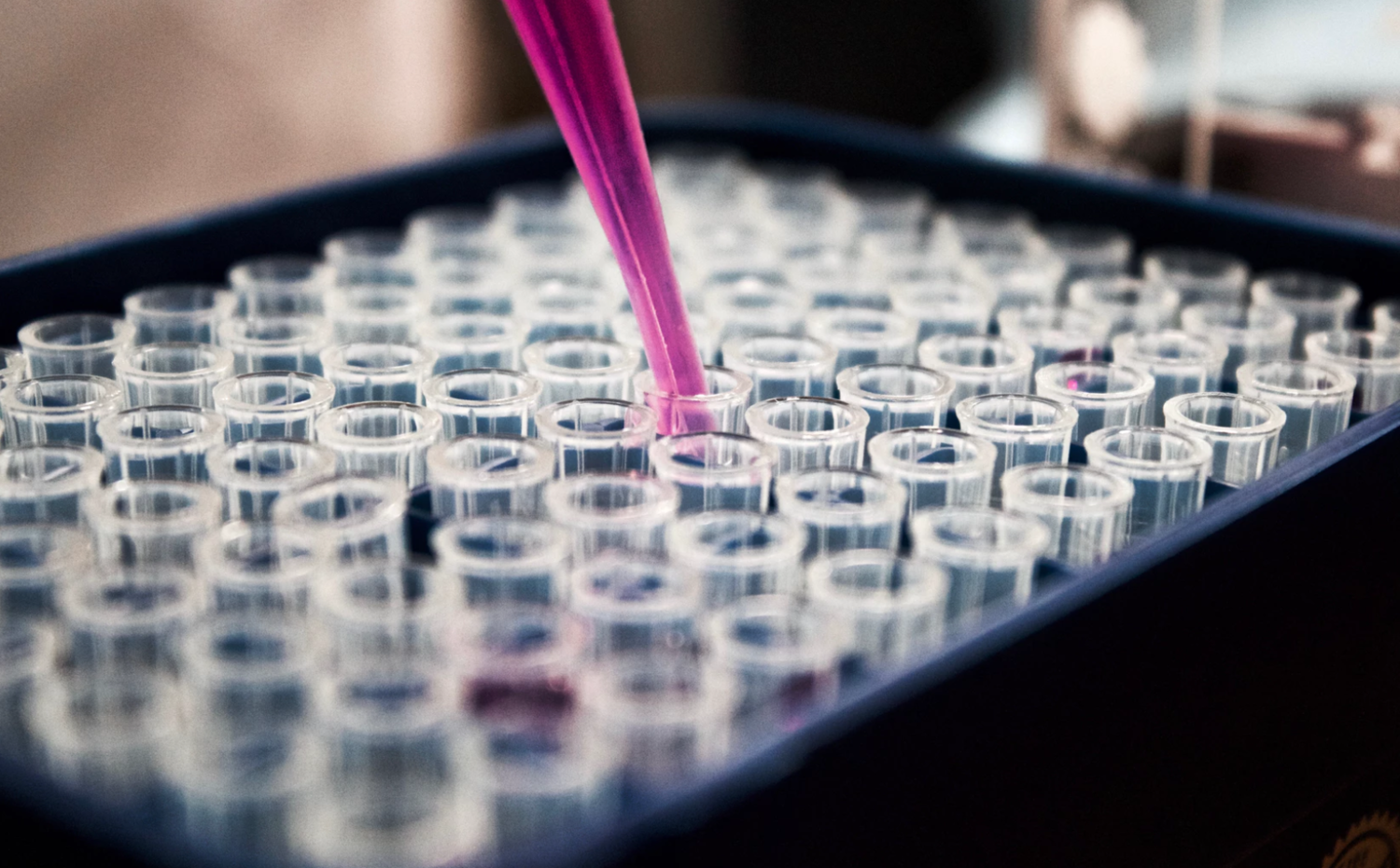The validity of the data of a research project depends on the quality of the tissue samples. Therefore, it’s important that a tissue storage facility preserves the quality of its samples. Variations in tissue sample storage conditions will lead to variations in the quality and characteristics of the tissue samples.

To prevent quality alterations, strict standards in tissue banking are needed. Understanding the potential of the research on tissue samples leads to the conclusion that the standardization of biobanking practices are of utmost significance.
It’s not self-evident that all practices in biobanking are standardized. In some biobank facilities, the collection of tissue samples starts on a small-scale and expands throughout the years. It’s not uncommon that tissue sample collections are stored in different tubes, racks, and freezers, with different labels, codes, and structures. These unstandardized storage structures lead to tissue sample loss and sample quality degradation.
To get started with standardized tissue banking, standardized labware and equipment is a requirement. The tissue samples should be placed in tissue tubes corresponding to the size of the tissue sample. These tubes should then be placed in storage racks that comply with ANSI/SLAS standards, which in turn should be placed in systematically arranged freezers/cryo tanks. Each tissue tube and the rack has to be coded to make sure that every sample is traceable at any given moment.
The most common way to code sample storage tubes and racks is with 2D codes and 1D barcodes. By scanning the code of each tube and rack, each sample can be registered. The registration of the location and characteristics of a tissue sample should be done in a Laboratory Sample Management System.
An ideal solution to start standardizing tissue sample storage is with 2D coded tubes, 1D barcoded racks, and a specialized code reader.
